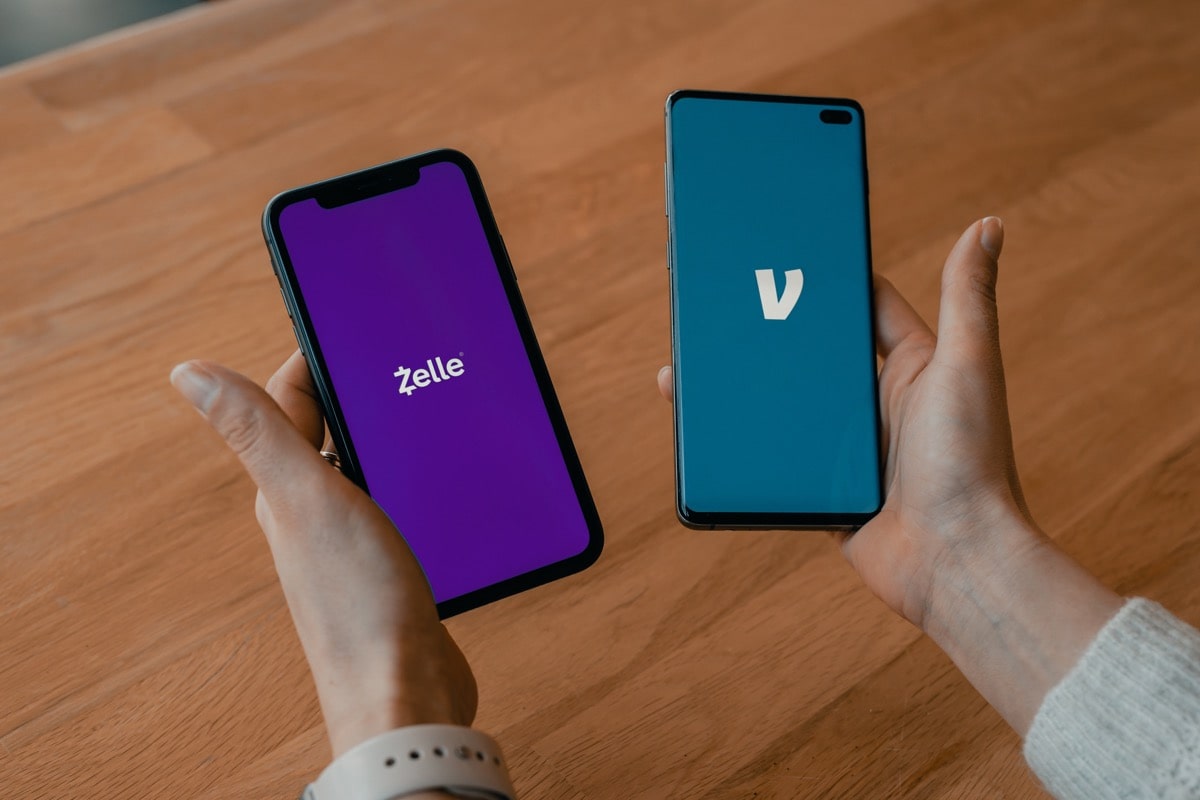One of the most progressive countries in the world, the US, oddly is lagging behind emerging economies when it comes to payment innovations. As the whole world is rushing to satisfy the public demand for real-time payments, the USA is taking its time to implement instant money transfers into the national financial system. Why is that happening and can FedNow accelerate US transition to faster payment processing? That’s the question we are going to discuss today.

The global value of transactions processed by a real-time payment, or instant payment, technology is forecast to grow by 289% between 2023 and 2030. Led by the likes of India and Brazil, the market is expected to rapidly develop, bringing customers the benefits of improved liquidity, enhanced operations speed, flexibility of last-minute or emergency payments, streamlined reconciliation, and more. However, the USA is not leading the instant payment revolution. In fact, real-time payments constitute a tiny fraction of all the transaction volumes in the US.
The Potential of Instant Payments
Instant payments differ from other payment types with their outstanding speed. The payment processing takes brief seconds, and funds can be accessed almost immediately.
In different countries, the systems which support high-speed transactions may be called “real-time payments,” “instant payments,” “faster payments” or “immediate payments.”
According to the latest McKinsey Global Payments Report, instant payments have already contributed to the 4% fall in global cash transactions. In select locations with the most rapid instant payment development, cash usage declined by between 7% and 10%, as in India and Brazil. It is expected that the instant transactions’ share will reach roughly half of overall payments in 2027 and nearly triple compared to 2022.
Today, more than 70 countries on six continents support real-time payments. In 2022, real-time transaction volumes grew by over 60%. Together, the global instant payment systems processed 195 billion in transactions last year. By 2027, the instant payment transaction volume is projected to reach $511.7 billion.
Benefits of Instant Payments
Instant payments are highly valued by both individual and corporate customers. In both cases, the speed of transactions may be critical. Whether you send money home to a sick relative, distribute salaries to your employees, or pay a business partner for supplies, the faster money reaches the recipient the better.
Compared to regular online bank transfers, which usually take at least one business day, instant payments make a solid difference both in business and in personal life. Consider splitting a bill and immediately getting your friend’s share back, or settling outstanding bills without delays, even if you remember about them at the last minute.
For the customer, instant payments enhance convenience, facilitate liquidity management, improve transaction transparency, increase financial partnership confidence, save money on manual reconciliation, and more. For banks, it may be a source of additional revenue, since customers are often willing to pay extra for better and faster service.
How Instant Payments Work?
The miraculous speed of instant payments is enabled by the absence of numerous intermediaries. Each ecosystem participant can decide for itself whether it would like to use an external payment provider or their own online banking service.
Typically, such transactions are settled directly with two bank accounts that are connected to the same payment scheme. While Japan and Switzerland pioneered real-time payments back in the 1970s and 1980s, other countries joined only in the 2010s. Nevertheless, almost every country in the world now has an instant payment system.
In Europe, there are SEPA Instant Credit Transfers (SCT Inst). In Brazil, they have PIX. Thai PromptPay became one of the fastest-growing real-time payment services in the world, with Singapore’s PAYNow later linked to it, enabling cross-border real-time payments. One of the most prolific instant payment systems is Indian UPI, which carries out over 9 billion transactions in a month. All these systems have been around for a few years at least. What about the US?
Instant Payments in the US
Real-time payments have existed in the US for a while. However, they were previously offered on a limited scope exclusively by the Clearing House, owned by a consortium of commercial banks. Later on, Zelle app introduced its own version of the instant payments service.
Those scope limitations put the US in 33rd place in the global ranking of real-time payment transactions per month. In 2022, instant payments made up only around 1% of overall payments in the US.
Payment providers stated that their clients demanded real-time payments more than lower payment processing costs or cross-border payments, according to the Statista 2022 survey. More than half of the respondents ranked access to real-time or intraday liquidity management as either the greatest or second-greatest pain point among their clients.
In July 2023, the Federal Reserve launched its highly anticipated FedNow system. It is expected to expand real-time payment access to smaller banks, significantly increasing the adoption nationwide.
However, the public demand for instant payments in the US did not immediately surge with FedNow introduction. Besides expanding access to banks, the new federal payment system must overcome a few misconceptions about instant payments. Moreover, last-mile connectivity still remains a challenge that FedNow has to solve.

Why are Americans Reluctant to Transit to Instant Payments?
A recent PYMNTS report revealed that despite consumers’ growing interest in instant disbursements, many consumers choose to opt out of this payment method due to a lack of trust in the security of their financial data.
Lack of Trust
Around one-third of respondents preferred not to share their debit or credit card information, while over 25% were worried about the security of their funds. This is understandable since real-time payments go along with more data formatted to a global messaging standard.
Moreover, real-time payment systems with their irrevocable payouts paved the way for new kinds of fraud such as authorized push payment fraud. The victims of such fraud on Zelle, for instance, typically get no reimbursement. Therefore, over 20% of surveyed consumers do not trust instant payments from certain providers.
Since 2022, America’s largest banks have been developing a compensation plan for customers falling victim to scams on the Zelle app. In 2023, US senators, including Elizabeth Warren, also issued an appeal to financial regulators to act on curbing fraudulent activity, against the P2P payment service owned by Zelle Bank. Nevertheless, so far, there is no common policy that would oblige the bank to refund the funds lost in authorised push payment scams.
Additional Fees
A further 30% of respondents state that instant payments are expensive. However, this is a misconception not supported by statistical evidence. The cost of an instant payment varies depending on the provider and its scope of services. Many providers don’t charge additional fees for real-time settlement at all, though others may place the cost on a customer. For instance, Zelle does not charge a fee for instant transfers.
According to a Mastercard report, real-time payment costs are in the same price range as non-instant electronic payments. In 2019, the price for both types of electronic payments was about $1.95 for 10 transactions per capita, significantly lower than the price of check settlement – $2.79 per 10 transactions.
As for FedNow, the general participation fee in 2023 is zero, but it will change to a $25 monthly participation fee for each routing transit number (RTN) that enrols in the service to receive credit transfers next year.
The service also charges the sender $0.045 per credit transfer. This year, however, up to 2,500 credit transfers per month may be sent for free. Payment requestors pay $0.01 for a request for payment (RFP) message.
Last Mile Connectivity Issues
Before FedNow, both Zelle and the real-time payments network from The Clearing House offered real-time payment transfers without coordination from the central bank like in other markets. The top-down federal initiative to unify instant payments is supposed to solve a connectivity issue, creating a single ecosystem for real-time money transfers.
The only way to do it is to onboard as many financial institutions as possible to the FedNow platform. At present, the service partners with over 120 financial institutions, 23 settlement agents and liquidity providers, and 22 certified service providers. These include some of the major payment industry players such as Visa, BNY Mellon, Fiserv, ACI Worldwide, Finastra, Wells Fargo, JPMorgan Chase, etc.
At the same time, the US is home to over 4,000 FDIC-insured commercial banks, the majority of which are small financial institutions. Besides that, the country has over 4,700 NCUA-insured credit unions nationwide. Considering the total number of financial institutions (FIs) in the US, the share of FIs joining FedNow is minimal.
Legacy Infrastructure
One of the reasons for the low penetration of instant payments in general, and FedNow in particular, is the necessity for a financial institution to change its legacy infrastructure. Supporting real-time payments requires 24/7 infrastructure, which many banks and credit unions don’t have.
Integrating new technologies for account verification, payment approval, and other aspects of transaction processing requires time and money. For banks, single real-time transactions are limited in value and incur high maintenance costs. To invest a great deal of effort, financial institutions need some motivation, like public demand, competition, etc. However, many US customers are happy with the national financial system as it is.
Lack of Motivation
In emerging economies, instant electronic payments often solve a number of social issues. For example, new payment systems can address the financial inclusion problem, speed up access to remittance which is a source of vital income for many families, increase trust in business partnerships, promote the rise of small entrepreneurship with enhanced liquidity and cash flow, and more.
In the US, over 95% of the adult population own an account with either a financial institution or mobile money provider. The country has one of the highest number of banking institutions in the world. Besides, its indicator of available bank branches per 100,000 people is more than twice as high as the global average. With such a high bank penetration, visiting a bank branch and getting a formal account is not much of an issue.
Nevertheless, it doesn’t mean that the issue of financial inclusion is non-existent in the US. The latest financial inclusion study showed that consumer sentiment in the U.S. went down over the last year, across financial systems, employers, and especially the government. Only 50% of respondents feel the government acts in a way that helps them feel financially included in 2023, significantly down from 72% in 2022.
Creating a solid, transparent, omnipresent, government-supported instant payment system is one way to boost public access to affordable and convenient financial services. Hence, the US payment industry still has a lot to do in this respect.









